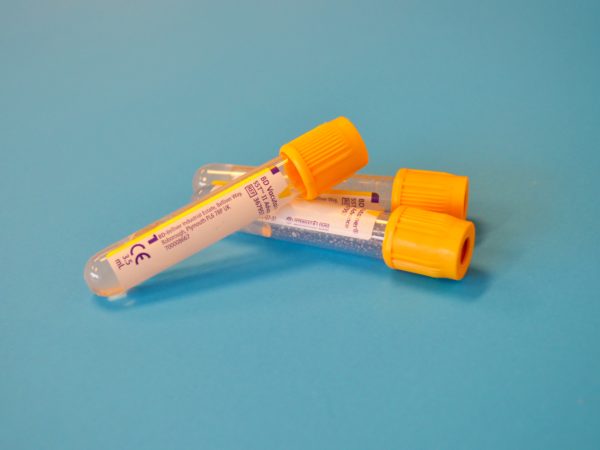Researchers from IPAN have shown that young hearts benefit from exercise well into adulthood.
World-first research has shown exercise begun early in life markedly increases the number of muscle cells in the heart – once thought to stop producing new cells after birth – and has a benefit that lasts long into adulthood.
Up until now, it was generally thought that all the benefits of exercise for the heart were temporary, and only remained while you kept exercising.
The research, recently published in The Journal of Physiology, studied young healthy male rats and showed that, when begun early enough, the number of heart muscle cells, or “cardiomyocytes” can in fact multiply.
Cardiomyocytes are the specialised muscle cells that are responsible for doing the heavy lifting and their coordinated contraction produces around 100,000 heart beats per day, every day.
The rats were placed into four groups, one group remained sedentary and the others completed a four-week exercise program but at different stages of life.
The three active groups completed four weeks of exercise between either five to nine weeks of age (juvenile); 11 to 15 weeks of age (adolescent) or 20 to 24 weeks of age (adult).
The three active groups ran on treadmills, doing a daily workout at a moderate pace and then their hearts were examined microscopically to determine changes in the structure, function and shape.
Associate Professor Glenn Wadley, from the Institute for Physical Activity and Nutrition at Deakin University, said the research had important implications for encouraging children to be active early in life.
“Our research showed that after just four weeks of exercise, the juvenile rats had an increase of 40 per cent in heart muscle cell number, but also an increase in the size of the cells, compared to the sedentary rats,” Professor Wadley said.
“However, the most exciting discovery is that these additional muscle cells were still present in the juvenile exercised rats when we examined them later in adulthood, despite them being couch potatoes for a long time after the training had stopped. This indicates for the first time that exercise in juvenile life has sustained effects on heart muscle cell number and may provide heart health benefits later in life.
[testimonial_text]Clearly, endurance exercise is beneficial for the heart at any age, but it appears that a window of time exists in the younger heart, whereby exercise might be able to grow more cardiomyocytes.[/testimonial_text]
[testimonial_picture name=”Associate Professor Glenn Wadley” details=”Deakin Institute for Physical Activity and Nutrition”]
 [/testimonial_picture]
[/testimonial_picture]Associate Professor Wadley said that while the adolescent group also had an increase in the number of heart muscle cells, the effect was much smaller, and in exercising adults there was no effect on muscle cell number. This indicates childhood and adolescence are key times of life to build up the numbers of heart muscle cells.
“We know that, as we age, the number of heart muscle cells also declines, so the more heart cells you have in adulthood, the more you have in ‘reserve’, should you suffer a cardiac event, as well as helping your heart function over your lifetime.
“These results show us that exercise is beneficial for the heart at any age and there may be long-term heart benefits from being physically active in childhood.
“The key is to find something, or a combination of things, that kids will enjoy doing such as regular participation in vigorous sports and a lot of active play, where they are breathing hard for an extended period of time.”
Associate Professor Wadley said the next step was to investigate female rodent hearts, and he hopes to one day do further studies in humans.
“We need to know more about this effect and measure its impact on adult heart health. This will provide us with the evidence needed to justify a large and expensive long-term intervention study in humans,” he said.
Read more:
- “Sustained cardiac programming by short-term juvenile exercise training in male rats,” “The Journal of Physiology.”
Published by Deakin Research on 4 April 2018



